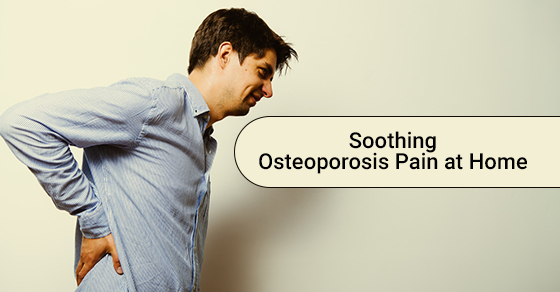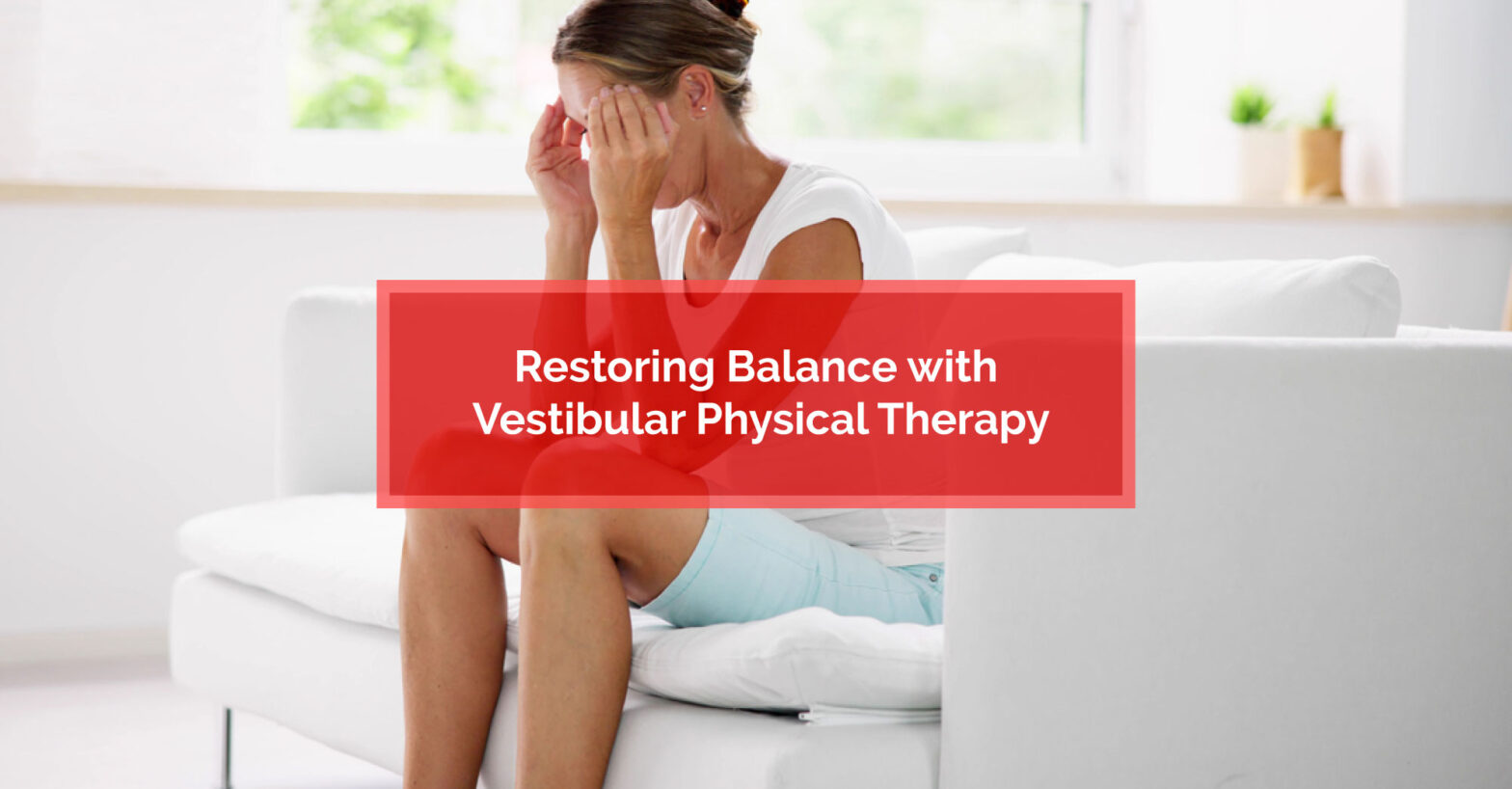Osteoarthritis Treatments: What You Need to Know...
Key Highlights: Osteoarthritis treatments focus on pain relief, restoring joint…
Read More
Posted by Dr. Scott Wilson | 07-Nov-2018
Who’s at risk?
Osteoporosis mostly affects women because they generally have less bone mass than men. Women also tend to consume less calcium, require more of the hormone estrogen to keep their bones strong, and they tend to live longer, which collectively increases their risk of osteoporosis. Since estrogen is produced in the ovaries, bone loss in women often speeds up after menopause, or if they’ve had their ovaries removed.
Other factors that increase the risk of osteoporosis include eating disorders, genetics, excessive smoking and alcohol consumption, lack of exercise, thyroid conditions, and nutritional deficiency of calcium, vitamin D, and potassium.
Osteoporosis Diagnosis
There are usually no early physical indicators of osteoporosis because the loss of bone density is a gradual process. In fact, most patients don’t realize they have a problem until they suffer a fracture from a seemingly minor accident.
If your doctor suspects that you have osteoporosis, they will first ask if there is anyone in your family who has ever suffered from the disease. They will also examine the risk factors and measure your bone mineral density using x-ray technology referred to as bone densitometry and X-ray absorptiometry. Your arthritis doctor may also perform other tests, such an ultrasound scan of the heel bone and a lateral vertebral assessment.
Osteoporosis Treatment and Pain Management
Patients don’t experience any pain from osteoporosis until they suffer broken bones. If you’re diagnosed with osteoporosis, your doctor will also recommend a treatment plan to slow down and prevent the condition by maintaining a healthy bone mineral density.
Following a fracture, the bones of a healthy patient should heal in about 6-to-8 weeks. However, patients can continue to experience fatigue and pain in the bones and muscles, especially in the back, hips, knees, arms, and ribs. The level of pain varies from one patient to the other, with most people having to manage some degree of pain regularly. However, patients who suffer from bone deterioration or a collapsed vertebrae experience a lot more pain than others.
Here are some ways to manage osteoporosis pain at home:
Take Frequent Breaks
Some of the activities that trigger pain include:
Patients can control the pain and minimize its impact on their lives by including regular rest breaks in their daily routine. This can be in the form of sitting, lying down, taking a nap, or other ways of relaxing.
Pain Relief Medication
Your pain management specialist may recommend prescription anti-inflammatory medications, nonsteroidal anti-inflammatory drugs like ibuprofen, nerve blocks, topical pain-relieving creams and ointments, or nerve ablation.
Your doctor may recommend other drugs for different purposes, including:
Leisurely Activities
Although lying down can provide pain relief for an active person, it is not recommended to spend too much time in this position as it weakens the muscles in your back. Leisurely activities can help take your mind off the pain. For instance, you can spend some time in the company of your family or friends, reading an interesting book, or watching TV.
Hot and Cold Compresses
Many people with osteoporosis claim finding some pain relief from heat. Using an electric blanket at night, hot packs, warm showers, or a session in the jacuzzi can help ease stiff muscles. Conversely, an ice pack can help to reduce swelling and numb aching areas.
Support Devices
There are different types of assistive devices that can provide support and reduce the impact on the injured body parts, including canes, braces, gripping tools, knee taping, and shoe inserts.
If you’ve suffered a spinal fracture, your doctor may recommend a back brace to help you move around normally during recovery. This should only be a short-term solution as it can weaken your muscles. Discuss with your doctor when it will be safe to start exercises to strengthen your back muscles.
Sleep
Pain and fatigue can make a good night’s sleep unlikely, yet rest is important to help you deal with the pain and stress. Consider getting a comfortable mattress and pillow, and adjusting the ambiance in your bedroom so you can fall asleep faster. Remove any distractions, such as computers and TVs from the bedroom. Avoid having coffee and heavy meals at night, or a few hours before going to bed. Try also going to bed at a specific time every night for consistency. If you still have trouble falling asleep, talk to your doctor.
Relaxation Techniques
It is important that you follow your doctor’s instructions to help ease pain and improve your quality of life when dealing with osteoporosis. Be sure to make the appropriate lifestyle and diet changes, like increasing your calcium and vitamin D intake to help prevent the chances of developing osteoporosis.
For more information about dealing with osteoporosis at home, call Physiomed at (289) 925-3877 or contact us here.

Key Highlights: Osteoarthritis treatments focus on pain relief, restoring joint…
Read More
Key Highlights: Runner's knee, or patellofemoral pain syndrome, is a…
Read More
Key Highlights: Upper back and neck pain can be caused…
Read More
Key Highlights: Many people want to lose belly fat for…
Read More
Key Highlights: Vestibular physical therapy, or physiotherapy, is a specialized…
Read More
Key Highlights: Tennis elbow, or lateral epicondylitis, is a condition…
Read More